The ship-bomb: the history of the "sea kamikaze"
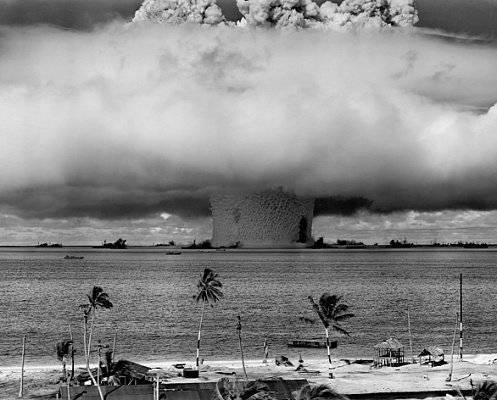
Japanese kayten torpedoes, driven by suicide pilots, were widely known in the military stories, despite the low efficiency and extremely limited use. Few people think that ships-bombs existed long before the 20th century - they were known by the ancient Greeks, and the peak of the use of such weapons fell on the XVI-XVIII centuries, when not a single sea battle could not do without firefighters.
A brander is any watercraft stuffed with explosive or flammable substances and designed to destroy enemy ships. Unlike the Japanese kaiten, this is a “drone”: to attack the ship was sent towards the enemy fleettightly jamming the steering wheel in the desired position.
Perhaps the most famous precedent in which the Branders seriously influenced the outcome of the battle was 8 August 1588 of the year - it was the legendary Gravelinsky battle, in which the British fleet utterly defeated the Great Armada considered invincible. The armada was collected by Spain to invade Britain, but the British found the weak point of the massive fleet - its awkwardness and gaps in the organization. As a result, the English pirates and light flotilla to the final battle at Gravelina were “biting” a floating monster. And on the night before the battle, Charles Howard, Duke of Nottingham, commander-in-chief of the British fleet, ordered eight ships battered in battles to be filled with tar, gunpowder, straw and brushwood, set on fire and blindly sent to the side of the Spaniards huddled together. The fireers brought little physical damage, but they caused a terrible panic: to avoid colliding with the burning ships, the Spaniards cut the anchors (they simply did not have time to pick them up) - and the next day they really could not keep the line because of the inability to dock. In addition, many ships were hit by collisions.
In principle, this is the goal - to sow panic, set fire to a couple of ships, break the line - the firefighters were carried from about the V century BC. er In naval battles, they were actively used in Russia: in the Chesme battle against the Turks (1770) and even earlier, under Gangut, even Peter I, creating the basis of the Russian fleet, drew attention to the experience of using firefighters in battle.
There was only one factor that allowed firefighters to “live” as a weapon for almost 2000 years. This material ships - wood. As soon as in the XIX century, warships began to be made of iron, the fireworks seemed to have lost their relevance once and for all.
Technology of the past
From the 14th to the beginning of the 19th century, the branders existed as a dedicated class of ships built specifically for “suicidal” use. The device of the brander was dictated by its purpose: maximum cheapness and simplicity of construction, speed of construction, ease of management, thoughtful places for the location of combustible and explosive substances. Branders were built single or double-decked and often had minimal armament - if the path to the goal was to be long and required to shoot from other enemy ships.
From the usual ship Brander distinguished some details. For example, closer to the stern in the board, a door was provided, at which the boat was moored for evacuation, and the mooring for reliability was made not by a rope, but by a chain. The door allowed the crew to leave the ship under the cover of the board. At the berthing point in the board there was another hole with the end of the fuse cord pulled out - the sailors set fire to it already sitting in the evacuation boat, and its length allowed the crew to move to a safe distance.
Depending on the situation, virtually any ship could have been made a brander — in the 19th century, when the branders as a class were no longer built, other types of ships were used as bombs. Usually they took a small ship, which served its own - decrepit, sometimes with somehow buried holes - or just a ship, whose effectiveness as a firefighter exceeded its effectiveness as a gun ship. Everything valuable, including weapons, was removed, after which the hold and other interiors were stuffed with combustible substances. Most often they used not warships, but merchant ships, going with the fleet as floating food depots.
According to the method of delivering a floating bomb to the target, the firefighters can be divided into several types. The first type was intended for arson of the enemy ship. Usually such a brander was guided by the crew until the very end - the sailors' task was to moor the burning ship to the enemy, and then evacuate from the opposite side on a previously prepared boat. The other type was exactly a bomb - the team simply sent the ship to the enemy and left the fire house, not waiting for a collision, followed by an explosion. As already mentioned, with a fair wind or current, the firemen could simply be sent to the enemy fleet without a command, with a fixed steering wheel.
Naturally, there were methods of struggle. The simplest way was to shoot a fiery ship of cannons in the hope of damaging the fixed steering wheel, knocking down the mast, or - at best - blow up the powder stock at a decent distance from the target. Therefore, the efficiency of the brander on the high seas was almost zero: the maneuverable warship managed to destroy the “bomb” on its way. All successful applications of firefighters took place in “narrow places”, in harbors and straits, where many ships interfered with each other. There was one more technique: the scorers of the attacked ships tried to get on the boat on which the team was to be evacuated. In case of loss of the boat, the crew could deploy a brander - European sailors did not differ in their desire for self-sacrifice.
New life
But the XIX century dictated its rules. New, more long-range weapons allowed to shoot and sink a brander at a safe distance, and the fire could not cause iron ships such harm as wood. Nevertheless, the technology is not dead, but has changed.
A collision followed by arson or explosion became completely ineffective, but during the Russo-Japanese war, the suicide ships found another use. During the legendary siege of Port Arthur, the Japanese tried to block the entrance to the harbor for Russian ships, sinking in a narrow place several merchant ships. The attempt failed (out of nine transports in the “right” place only one sank, the others were torpedoed or hit by coastal artillery on the approaches), but the term “brander” got a new meaning. However, the flooding of ships to block some kind of closed water zone was practiced in the 16th century, just at that time other ships were called firefighters. A blockage of this type was also common in late sea battles - for example, in the Orkney Islands region, pipes and masts of ships sunk during the two world wars still stick out of the water.
Oddly enough, during the Second World War, newer fireworks in the classical sense of the term also received. The most interesting incident with their use was Operation Lucid, planned by the British command at the end of 1940. By July 1940, France had fallen, and German troops began to prepare for the invasion of Great Britain. Transport and military vessels dispersed along the northern coast of France. The United Kingdom tried to prevent the landing, the Royal Air Forces set off to bomb German transports preemptively. But for the destruction of two serious groups of transports, the British decided to use firefighters.
A number of prehistoric tankers that had not been used for a long time for their intended purpose were used as suicide ships: War Nizam (1918), War Nawab (1919), Oakfield (1918). The ships patched and filled with about three tons of hellish cocktail (50% fleet fuel oil, 25% motor oil and 25% gasoline), called the “special Eger blend” in honor of Augustus Eger, the head of the operation. Some cordite and nitrocellulose were added to the mixture to increase the explosive effect. They carried out preliminary tests on a pair of small firewalls - the effect was good: according to all calculations, a brander blown up in the vicinity of nearby vessels could have a devastating effect at a distance of up to 800 m.
26 September 1940, all three firefighters set sail on their last voyage under a convoy of a number of small warships - two ships in Calais and one in Boulogne. But the poor technical condition of the old ships initially affected: Oakfield began to practically collapse first, and then the War Nizam power plant refused. With one ship, the operation did not make sense, and had to be abandoned. Subsequently, we made several more attempts - 3 and 8 of October, but they failed due to bad weather.
Last bursts
There were a few more examples of the use of firewalls - and more successful ones. The most famous in this regard is Operation Chariot, thanks to which the British completely destroyed the largest German dry dock on the coast of France, in the city of Saint-Nazaire, capable of receiving the battleship Tirlits, the flagship kriegsmarine. The main strike force of the operation was the converted Campbeltown destroyer. It was made as easy as possible so that it could pass through small fairways, cut off part of the decks, so that its silhouette from afar resembled a German ship, and most importantly - they filled 4,5 with explosives, and hid it behind concrete false walls inside the ship.
Early in the morning of March 28, Campbeltown 1942, under heavy fire, reached the gate of the dock and rammed them - without an explosion. In parallel, the British were firing on and bombarding Saint-Nazaire, as well as landing commandos. During the attack, the Germans inflicted a series of damage: sabotage detachments destroyed several guns, ships and locks were damaged, but in the end the British were forced to retreat; during the attack, the Campbeltown team was evacuated. Having repulsed the attack, the Germans relaxed. A large group of officers and soldiers set off to study Campbelltown, stuck in the dock. Almost nine hours later, in 10: 30, the Brander exploded according to plan, completely destroying the dock, and at the same time more than 250 German soldiers and officers — despite the commando’s serious losses during the distracting landing, the operation was a success.
Attempts to use firewalls in the Second World War also marked Italy. Back in 1938, a series of 18 compact MT (Motoscafo da Turismo) light boats were made, equipped with 95-strong Alfa Romeo engine, capable of accelerating to 60 km / h and regularly loaded with 330 kg of explosives. The pilot was at the stern; having jammed the steering wheel, he had to jump off onto a special life raft before colliding with the target.
MT took part in several operations, the most successful of which was the incapacitation of the British heavy cruiser "York" 26 March 1941 of the year - the raid was called "Attack in the Bay of Court".
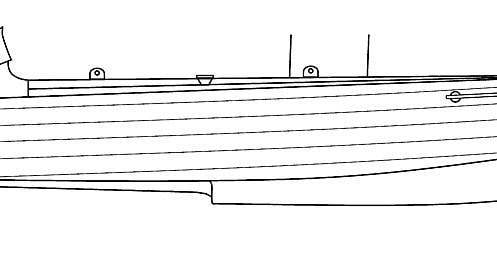
Boats were successfully used by both Italians in the Second World War and by Israelis in the Arab-Israeli war of the 1947-1949 war. Six boats took part in the operation - they were lowered from larger transports, got to the bay at night and in 5: 30 carried out an attack. In addition to the "York" was destroyed by the Norwegian tanker "Pericles", past two transports of the boat slipped. All six Italian pilots were captured, but the operation was deemed successful.
Subsequently, the Italians developed another two generations of boat firewalls - MTM and MTR. The first were used, and the second was unlucky: the ambra submarine carrying them to the scene of the operation was sunk from the air. Interestingly, the four survivors of the MTM war went later to the Israeli armed forces, and the Israelis successfully applied three of them during the Arab-Israeli war of 1947 – 1949. In October 1948, with the help of firefighters, the Emir Farouk sentry ship and the minesweeper were sunk.
Exploding firefighters can be used in our time - in the format of compact boats filled with explosives. Terrorists sometimes use similar tactics (for example, an al-Qaeda attack on the USS Cole destroyer in the Aden Bay in October 2000), but in recent military actions there have been no firewalls. However, there are fewer wars every year, and let the firefighters remain part of history.
How does the brander
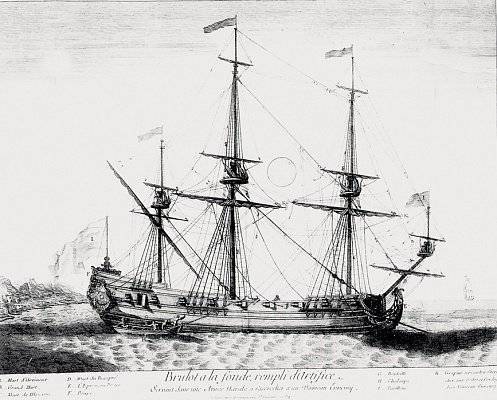
Characteristics of the fire brigade: a door in the board between the outermost guns, allowing the crew to descend into the boat; door for the ignition cord to set fire to the ship-bomb at the last moment; a chain (and not a rope) that holds the boat in the moored condition.
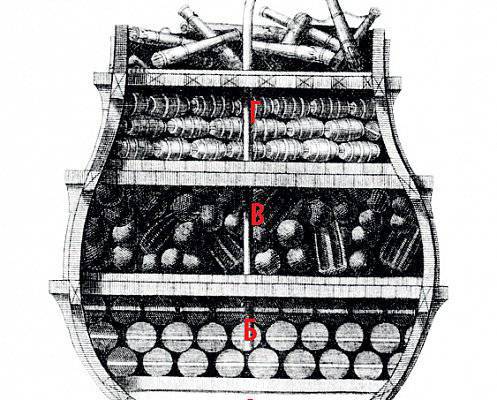
A Sand to make the bottom. B Powder bombs and lining on the sides, preventing the premature destruction of the ship. G Incendiary materials.
Raid on Saint-Nazaire
The dry dock of the city of Saint-Nazaire is the only dock on the coast of the Antlantic Ocean capable of receiving large battleships, in particular the Thirlits. The location of the Campbeltown destroyer brander attack has been highlighted.
Explosive boats
German boat-brander Ladungsschnellboot Linse (Lentil) on the radio control. The boats worked in threes - two fire engines and a control boat. The operator of the fire brigade was evacuated shortly before the explosion and moved to the control boat. In real battles, the brander was ineffective.
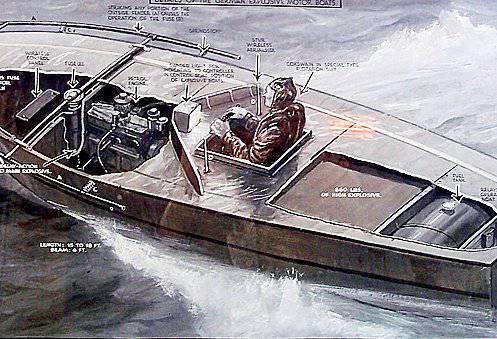
Nuclear brander
The top of the brand-name technology reached at the very end of its history, after the Second World War. In the summer of 1946, near the Bikini Atoll in the Pacific, the Americans conducted a series of tests of the atomic bomb called Operation Crossroads. But if the first explosion (Able) was made from a bomber, the second bomb (Baker) was mounted on a rope (at a depth of 27 m) to the bottom of the amphibious assault ship USS LSM-60. Launched on 29 July 1944, the ship did not fight much, taking part in the battle of Iwo Jima. The purpose of the nuclear test was to study the underwater explosion and its impact on the ships located around. The explosion sank eight ships (not counting the LSM-60), located at a distance from 155 to 1050 m from the epicenter. Five months later, during transportation, the ninth sank, the captured German heavy cruiser Prince Eugen, whose radioactive contamination did not allow for repairs to keep the ship afloat, sank. All other ships received serious damage and, first of all, significant radioactive contamination, and the decontamination operations did not produce results, the target ships had to be scuttled. On the whole, the operation showed that the effectiveness of such a war is not subject to doubt, but now it is dangerous for both warring parties. USS LSM-60 is considered the last ship-brander in history.
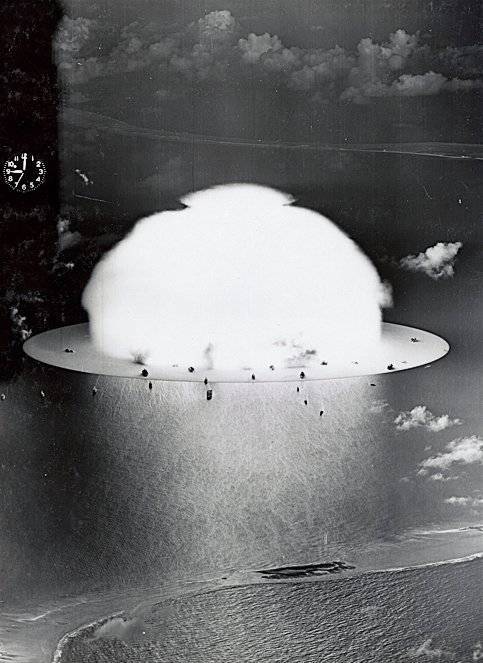
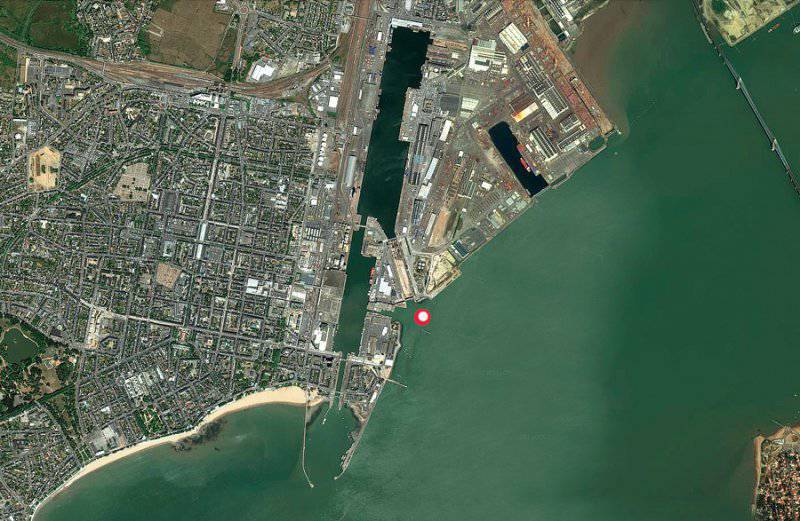
Information